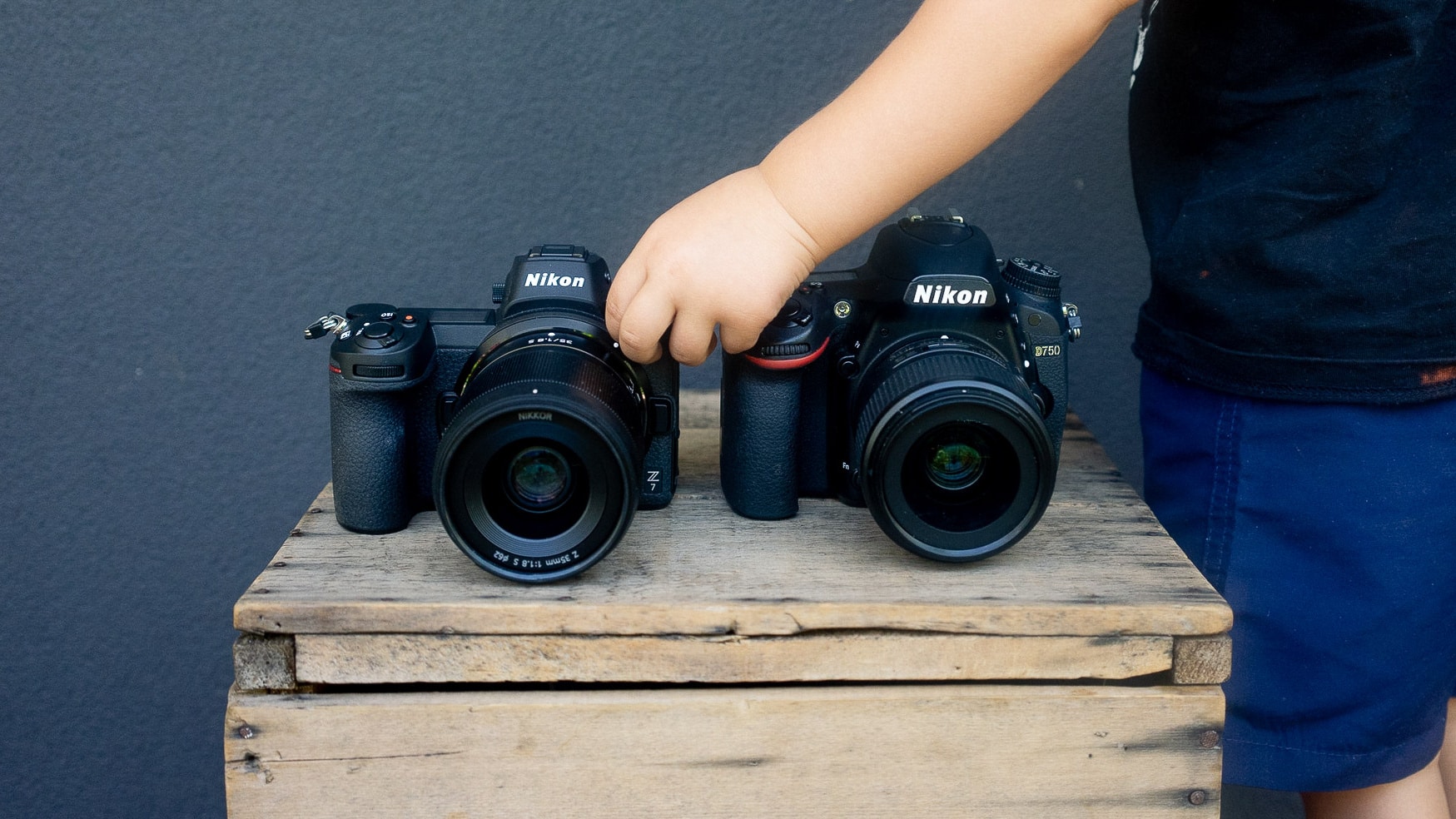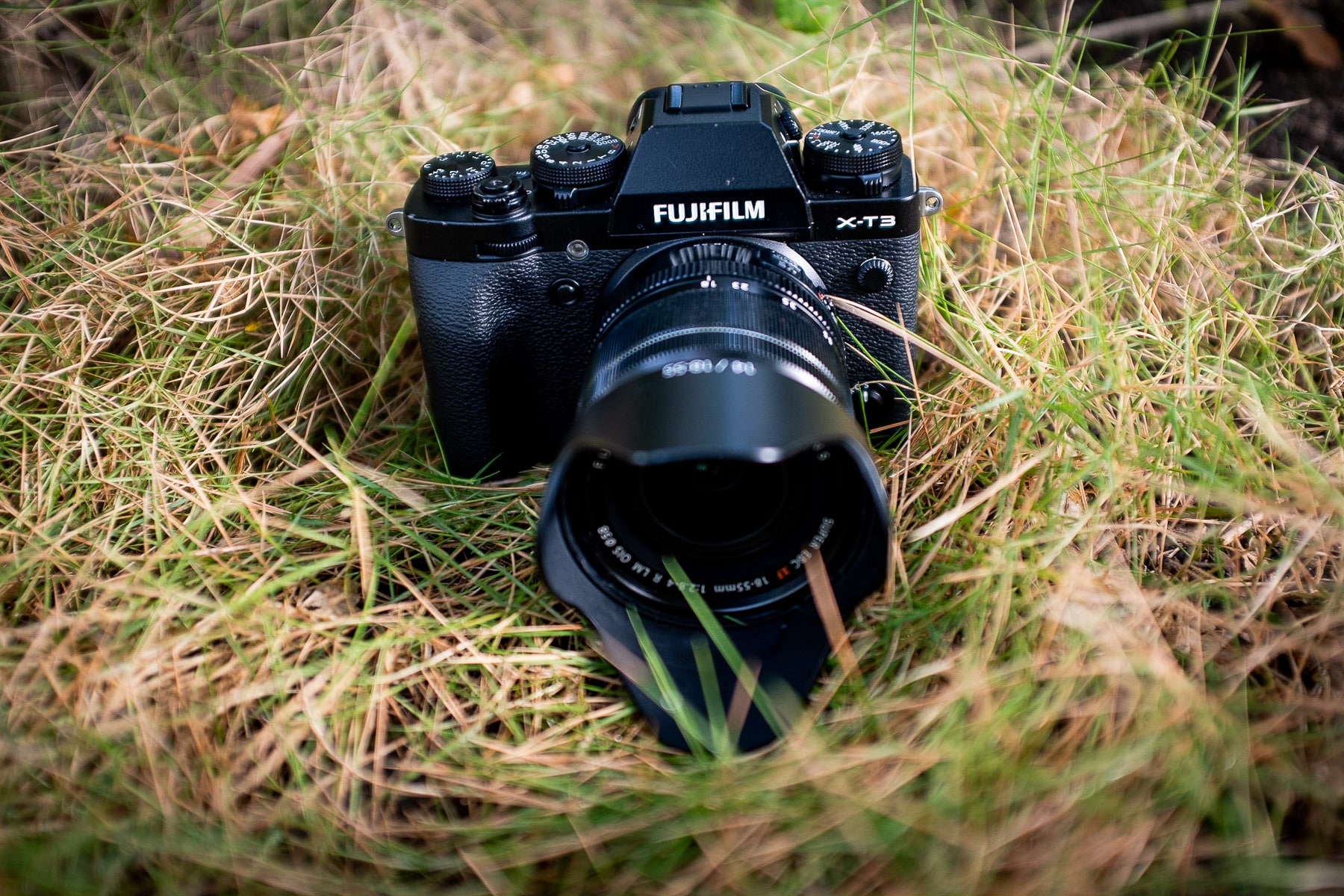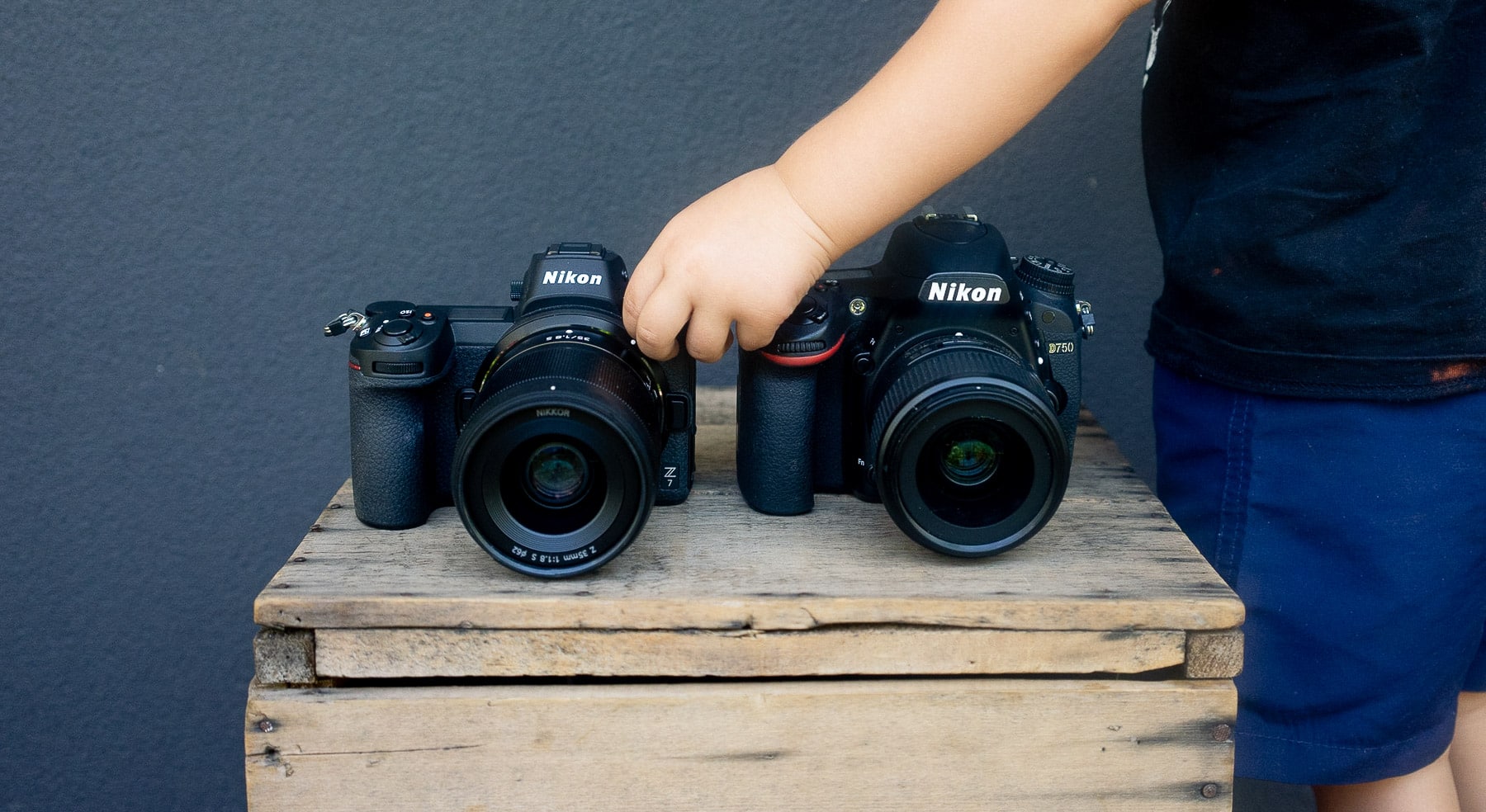Mirrorless Cameras. What’s all the fuss about?

Are you looking to buy your first camera, but you don’t know if you should get a mirrorless or a DSLR? Are you an avid DSLR user considering switching to a mirrorless? Or maybe you want to know what all the fuss is about?
Either way, you’ve come to the right place. This article is a quick introduction to mirrorless cameras – what they are, the advantages of choosing one, and some tips for finding the best one for you.
What is a Mirrorless Camera
Traditionally, if you wanted to step up from compact cameras, you would buy an SLR (Single-lens reflex) or a digital SLR (DSLR).
These cameras work with a mirror that reflects the light inside the camera body towards the viewfinder. That’s how you could see the image that you were about to shoot.

Then, when you press the shutter, the mirror flips up, allowing the light to hit the film or the sensor on the back of the camera.
Mirrorless cameras don’t have such mirrors – hence the name.
What Are the Advantages of a Mirrorless Camera?
Mirrorless cameras are relatively new in the history of photography, and that’s why many people think they’re not at the same level as a DSLR.

This statement was accurate at first, but mirrorless technology caught up very fast. Now, mirrorless cameras are head to head with DSLRs. For many situations, it’s even better to have a mirrorless camera. Let’s see some of their advantages:
Weight
Since mirrorless cameras have fewer mechanical elements inside, they are smaller and lighter than a DSLR.
This makes a huge difference when you have to carry one around all day, or you’re already on the verge of hitting the maximum allowed for your luggage.
Of course, the lens on the camera has a significant influence on the final weight; however, starting with a light body is already an advantage.
Size
Mirrorless cameras are also smaller and more portable. With a DSLR, even if you want to stay in the prosumer category, you have to carry a big camera.
Mirrorless cameras are small even if you go full frame. So, if you need to pack small bags or you want to keep things pocket-size, mirrorless is the way to go.
Silent
The classic noise that we immediately recognize as a photograph being taken can be very intrusive in certain situations – especially if you shoot continuously.
Think of a wedding photographer during the ceremony, for example. Mirrorless cameras are quieter than DSLRs which makes them perfect for capturing weddings, conferences, recitals and plays, or even flighty wildlife out in nature.
Lens Adapters
Mirrorless cameras have fewer choices of lenses than DSLR cameras; this is still true. However, you can find adaptors for all sorts of lenses, including those from a different brand.
With DSLRs, Canon cameras use Canon lenses – sometimes only one type. Third-party lenses like Sigma or Tamron are available, but you could never use a Sony or a Nikon lens.
With mirrorless cameras, you can do that. For example, the Sony a7R II is often paired with Canon lenses through an adaptor.
Using adaptors has some disadvantages compared with using specially built lenses, but it does open up a world of possibilities.
Live Preview
With mirrorless, you can see how your image is going to look before shooting – this can come in handy when you’re doing night photography.
Since the preview will take into account the camera settings (including the ISO), you can easily compose and focus your image in low light conditions.
What to Consider When Buying a Mirrorless Camera
Are you sold on the benefits of the mirrorless system? Now comes the hard part: choosing the right one. Here are some things to take into account:
Budget
Mirrorless cameras can range from $300 to $6,000 depending on many factors. I’ll be talking about some of them next, but in general, you’ll find yourself comparing the features and choosing the best one within a specific price range.

Sensor
Mirrorless cameras have different sensor sizes. Just like DSLR cameras, the best and most professional sensor is a full-frame that’s the equivalent of 35mm film.
From there you’ll find a wide variety of cropped sensors, including the very popular micro 4/3.
Megapixels
Megapixels are also a decision to consider. For example, a micro four-thirds sensor can deliver 16MP photos or 47MP photos.
Battery Life
Mirrorless cameras have a shorter battery life than DSLRs because they are smaller and also because they work with LCD screens and digital viewfinders. So, take that into account when you’re comparing specs.
Design
Mirrorless cameras are slim and small – that’s great for portability but a bit uncomfortable if you have extended hours of shooting.
You might want to check the design for a better grip if you plan on using the camera for long periods of time. Or give preference to the pocket size if you want it for travelling and portability.
Type of Shutter
Many mirrorless cameras still have a mechanical shutter, so even if there’s no mirror, you still have a sound.
Some of them have an electronic shutter, though, that ensures complete silence for those situations where you don’t want to be disruptive.
Video Capabilities
If you don’t limit yourself to photographs and want to make videos, you should check the specs for that too. Some cameras offer 4K, others HD… take your pick.
Viewfinder
One of the things that made photographers sceptical about mirrorless at first was the fact that you didn’t have a viewfinder.
Using only the screen to compose and focus your images wasn’t ideal when you were used to shooting on a DSLR – especially in sunny outdoors, which made it difficult to see. Also, the battery runs out faster this way.
Many mirrorless cameras now have an electronic viewfinder, although this comes with a price. The entry-level cameras usually don’t have this feature.
Final Words
I hope this guide cleared up some of your doubts about mirrorless cameras.
Just remember that the perfect camera is not the most popular or expensive; it’s the one that fits your specific needs.

There are no comments yet.